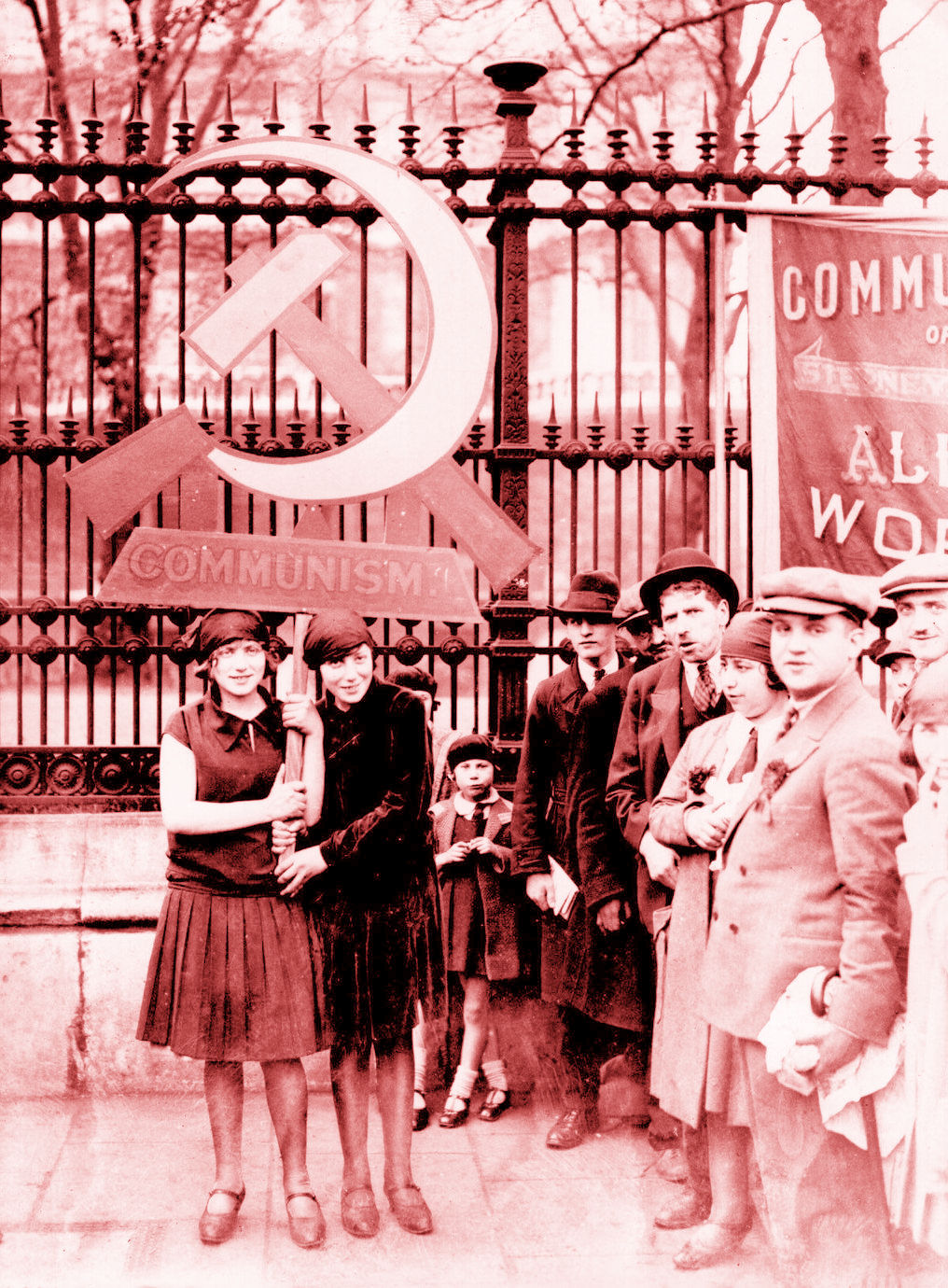Originally delivered as a talk at a conference in 2010, Étienne Balibar’s text “The Genre of the Party” is a groundbreaking examination of the historical relationship between the party-form and feminism. Viewpoint magazine has published a new translation of the text, which is available here. An excerpt:
The genealogy of the party-form, as we understand it today, is in fact a whole program of research, driven by the encounter (and perhaps conflict) of two lines of explanation. We clearly see in The Prison Notebooks where this division, one could say, completely controls the usage of the notion of the “Modern Prince,” the means by which Gramsci tries at once to discern the singularity of the communist experience after the Russian Revolution, and to imagine its diversification on the basis of new historical conditions created by the confrontation with European fascism. On the one side, we have the whole reflection on the transition of the workers’ movement from its “economic-corporate” phase to its properly “political” phase, of which the party must be the instrument: the party is that potentially hegemonic force in society, that fosters the emergence of “organic intellectuals” from the working class and leads to the formation of a new collective capacity of reflection on the historicity of capitalist “relations of force.” On the other hand, we have a whole multi-disciplinary inquiry, without fixed limits, on the formation of the institutions of bourgeois national politics, in which the moments of “active” and “passive” revolutions unfold, until the emergence of mass parties, where a particular “democratic” fusion of elitism and populism becomes operative. From this perspective, the communist party “did not invent” its form: it receives the party-form from history, even if it transformed towards its own ends, and sets it in the framework of a certain “material constitution,” of which it is one pole. If we are to then ask how such a divided genealogy could elucidate the “organic” presence of sexism within the party-form, we are directed towards very profoundly different, even heterogeneous, phenomena. On the one hand lies the fact – in no way reducible to a sociological deadweight inherited from the past, but which is rather an “invention” of modern industrialization – of what can be called the sexualization of struggles, and thus their “genre.” In particular there is the virility of forms of workers’ struggles (the strike, insurrection), but also the role of indispensable support – I was going to say care – that women play (material, moral, and even sentimental: bringing food and refurbishments to strikes, admiring their heroism, continuing and transmitting the values of solidarity within popular culture, from generation to generation). On the other hand, we have all the forms of the masculine monopoly on political representation, from which also follows the masculine character of political actions and rhetoric, what Geneviève Fraisse defined negatively as the prohibition of public representation imposed on women during the bourgeois era (and thus the prohibition of their participation in the “sovereign,” in the republican sense of the term). Nothing about this situation fundamentally changes with the entry of the working class (itself made of male workers…much more than women workers) into the democratic political framework.
But it’s no doubt imperative to leave behind this purely institutional genealogy of the idea of the revolutionary party and take into consideration social and historical realities, where anthropological determinations rise to the surface. This is the second problem: we will argue here that the “party-form” in which politics is organized as the formation of a collective will is also, intrinsically, a historical configuration of anthropological differences, insofar as it concerns the division between intellectual and manual labor (studied by Gramsci) as well as the difference between sexes (neglected by him). It is a matter of understanding here what accounted for the historical communist parties’ capacity for insurrection and resistance (one is tempted to call them “actually existing” parties, in the way there was an “actually existing socialism,” with which they maintained organic – although sometimes conflictual – ties). The thread of analysis that seems most pertinent for studying party communism is the dialectic between its functions as a counter-society and its strategy of counter-power. This evidently raises the question of knowing – in an acute fashion – at what point the movement that sought to be potentially hegemonic and might have appeared as a challenge to the existing order was actually “subaltern,” as it sustained and reproduced the social relations and forms of symbolic violence characteristic of the society in which it developed. I will for my part distinguish these two aspects, whose role have been invoked in turn by analysts of the history of the French and Italian – and more broadly, Western – communist parties.
Image via Viewpoint.
